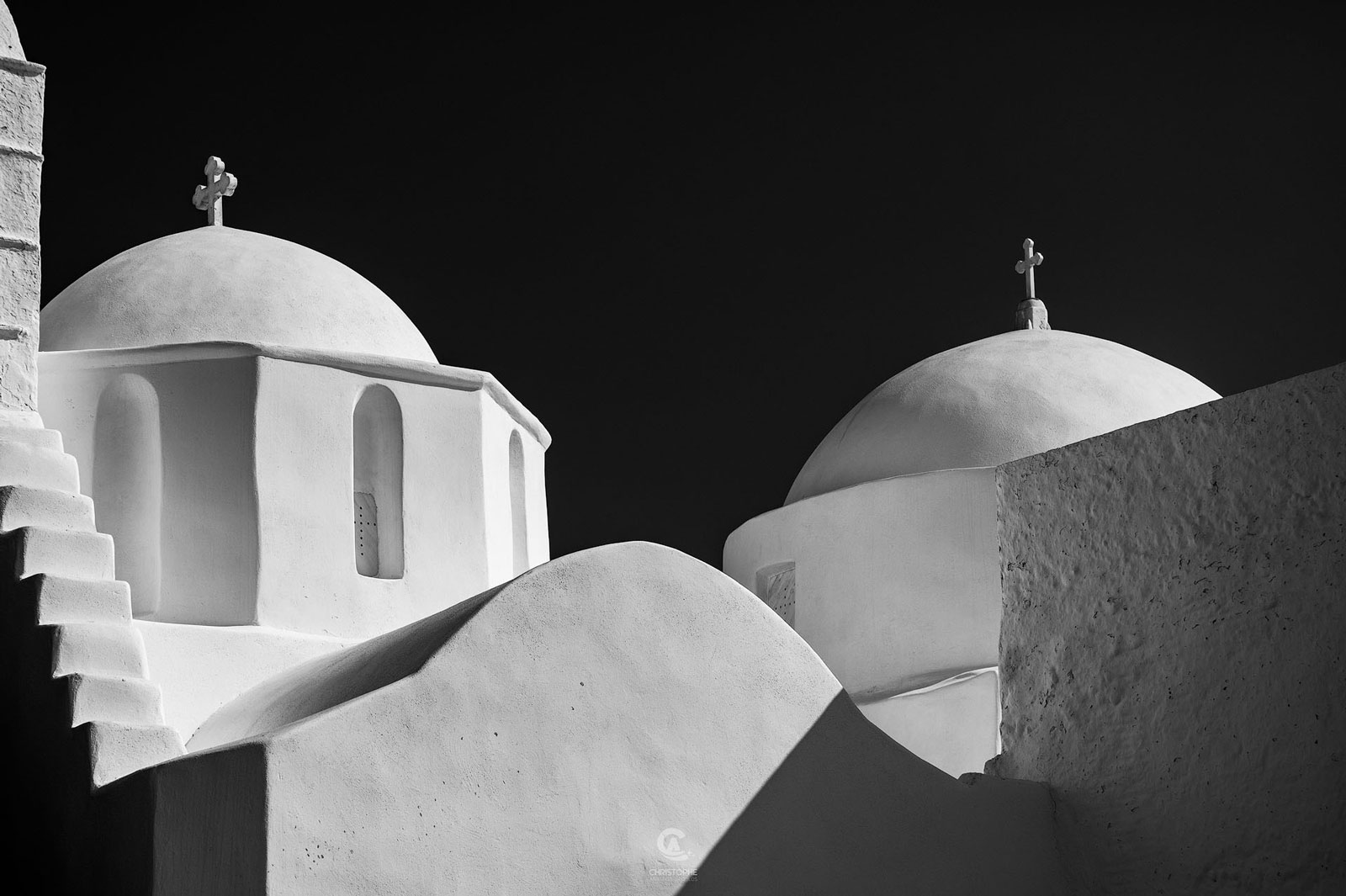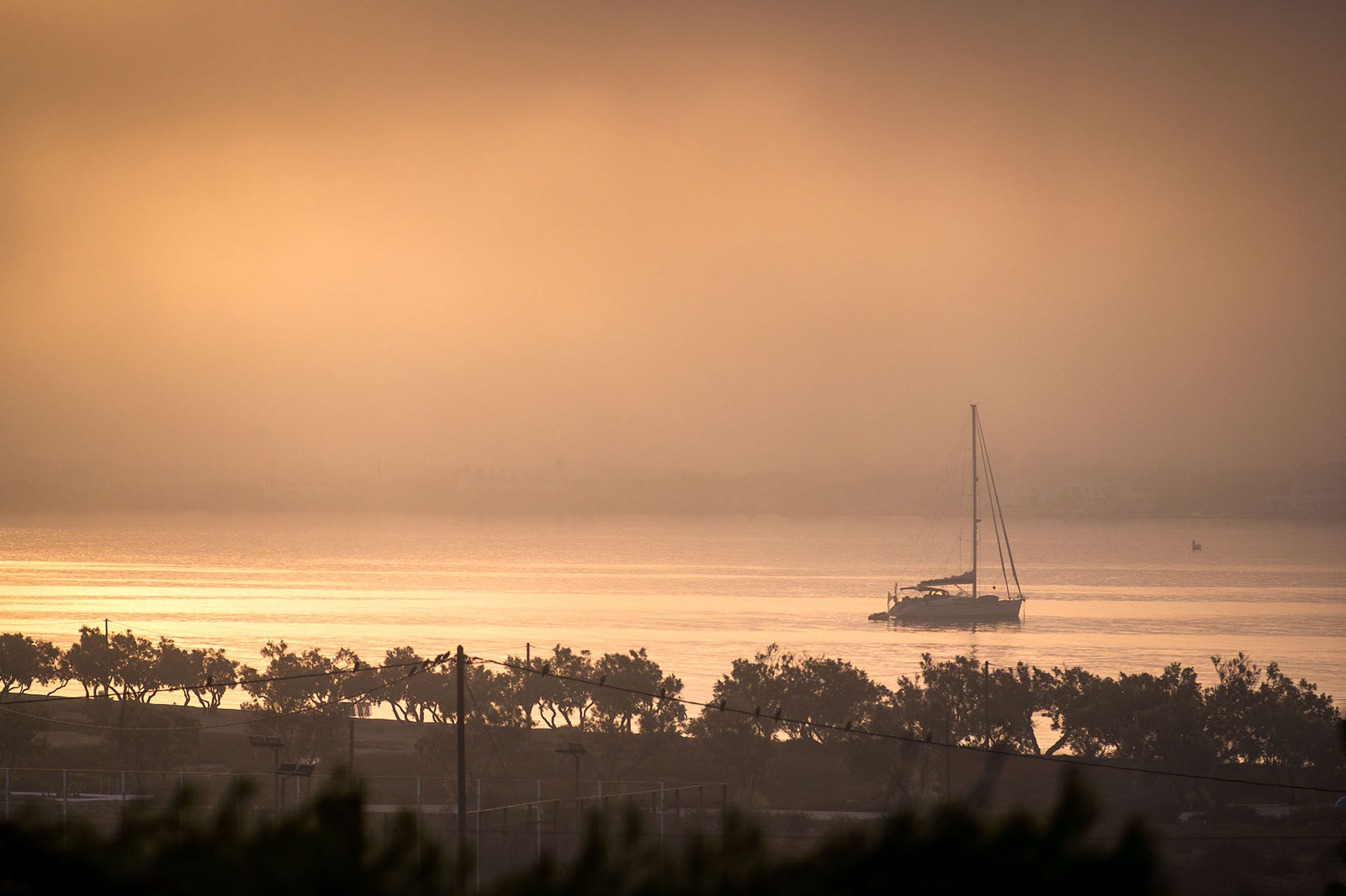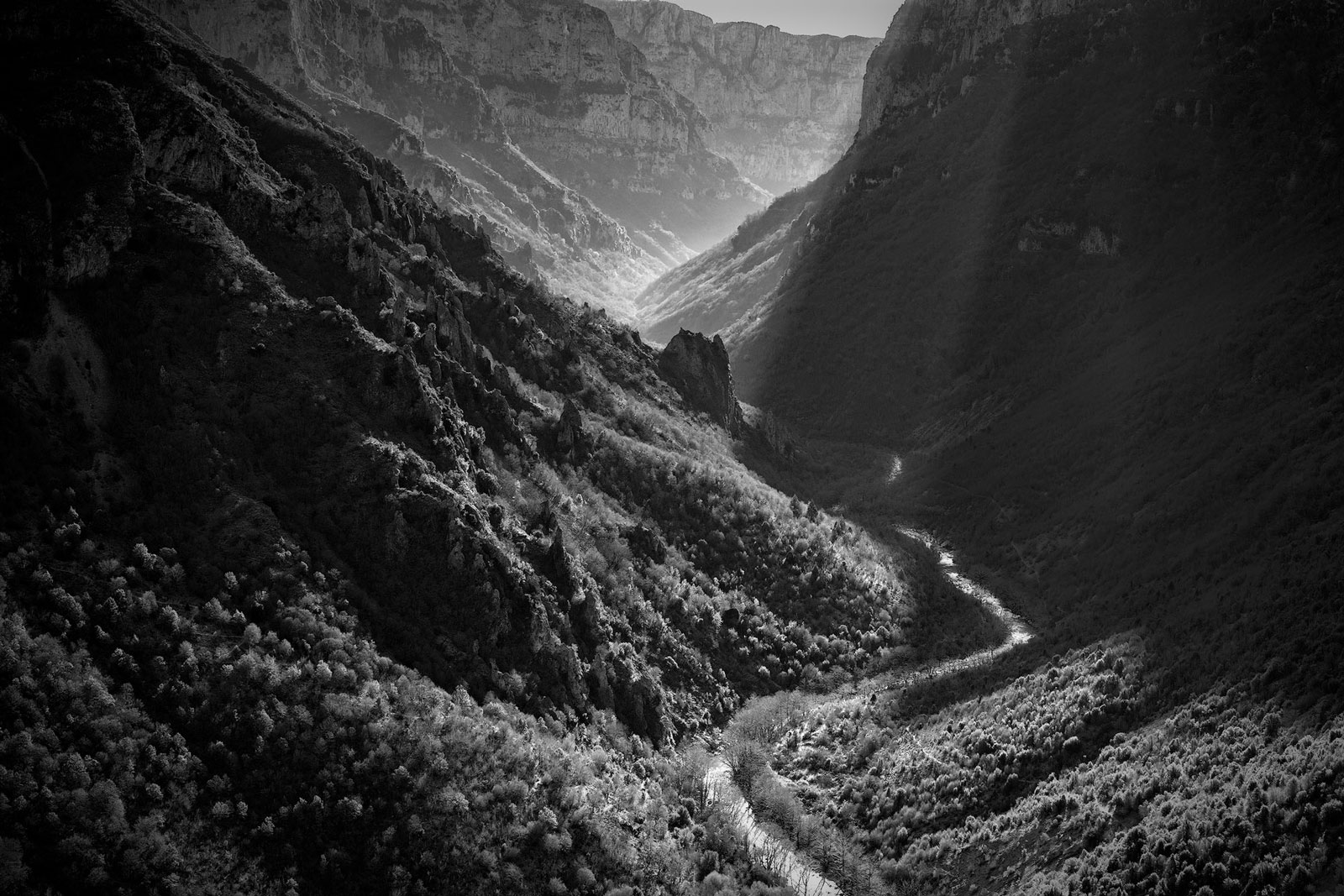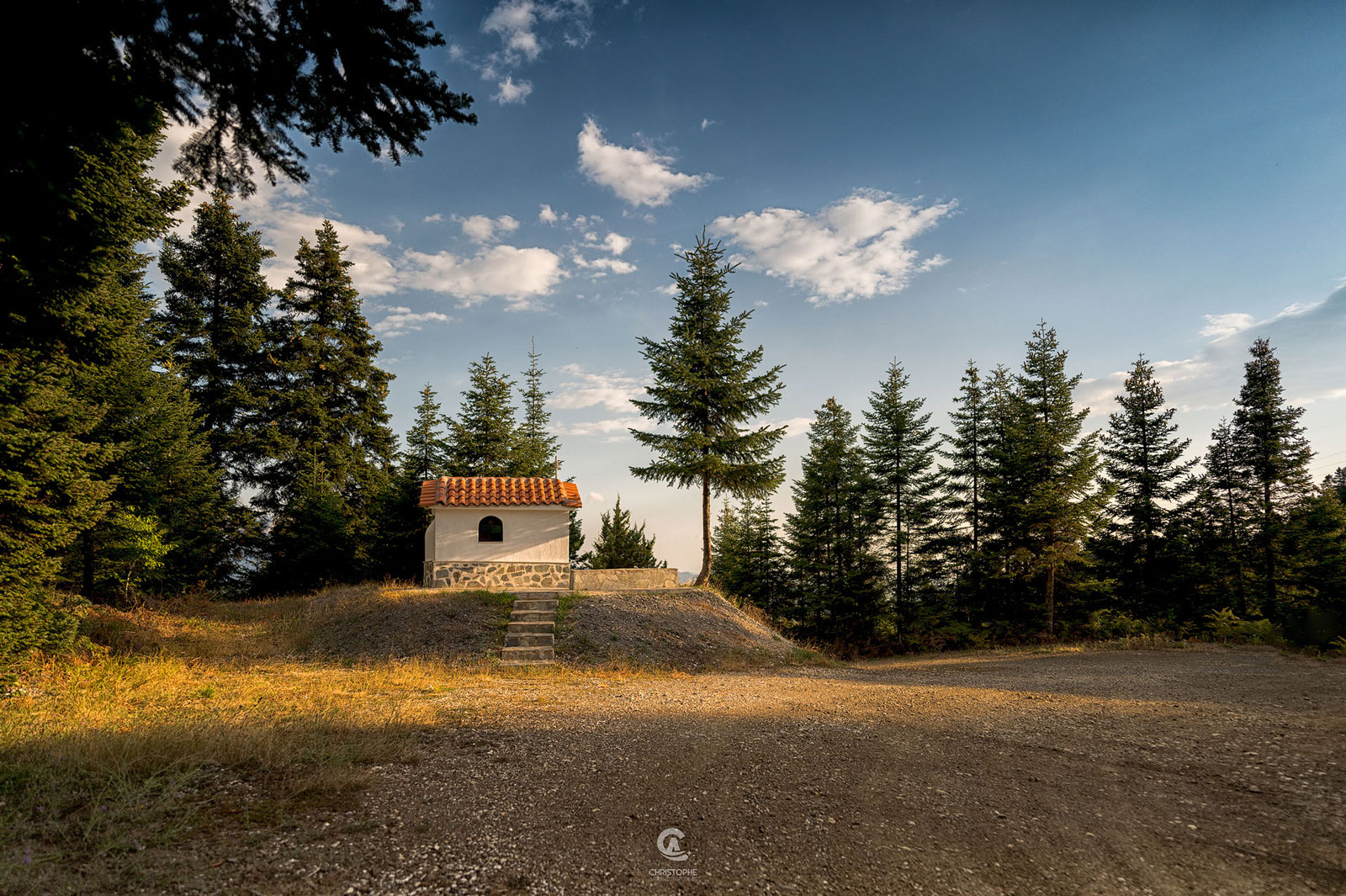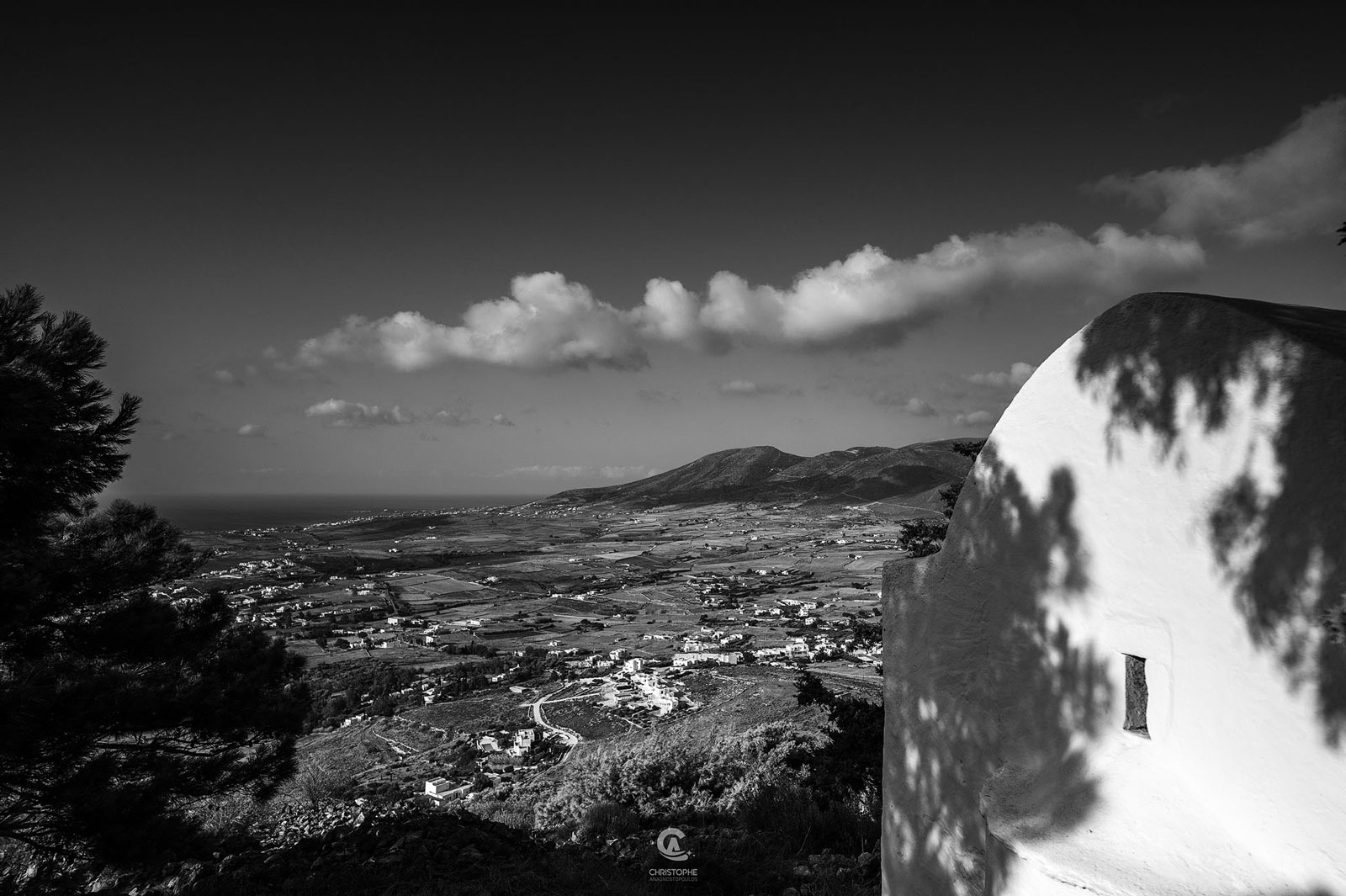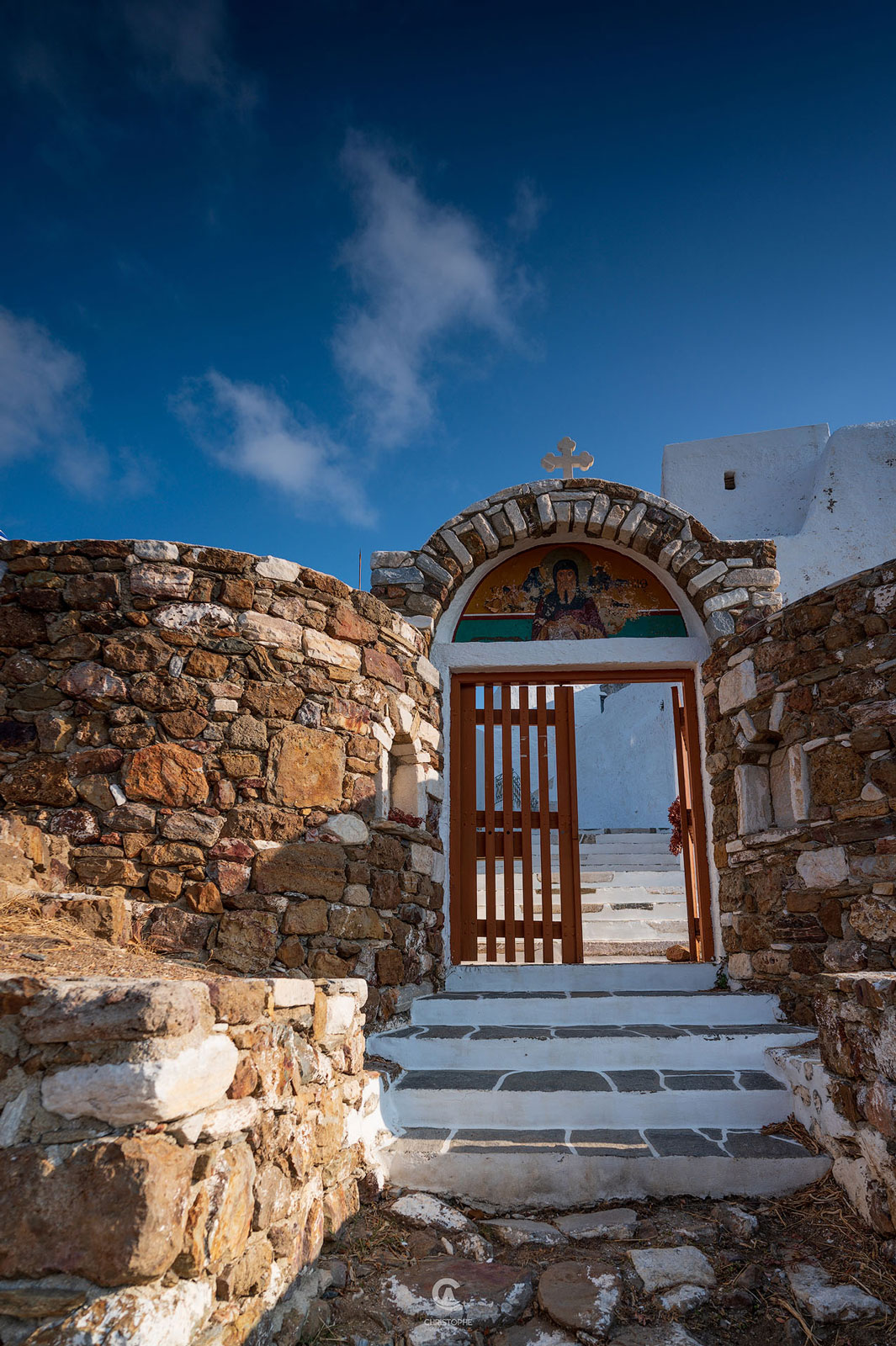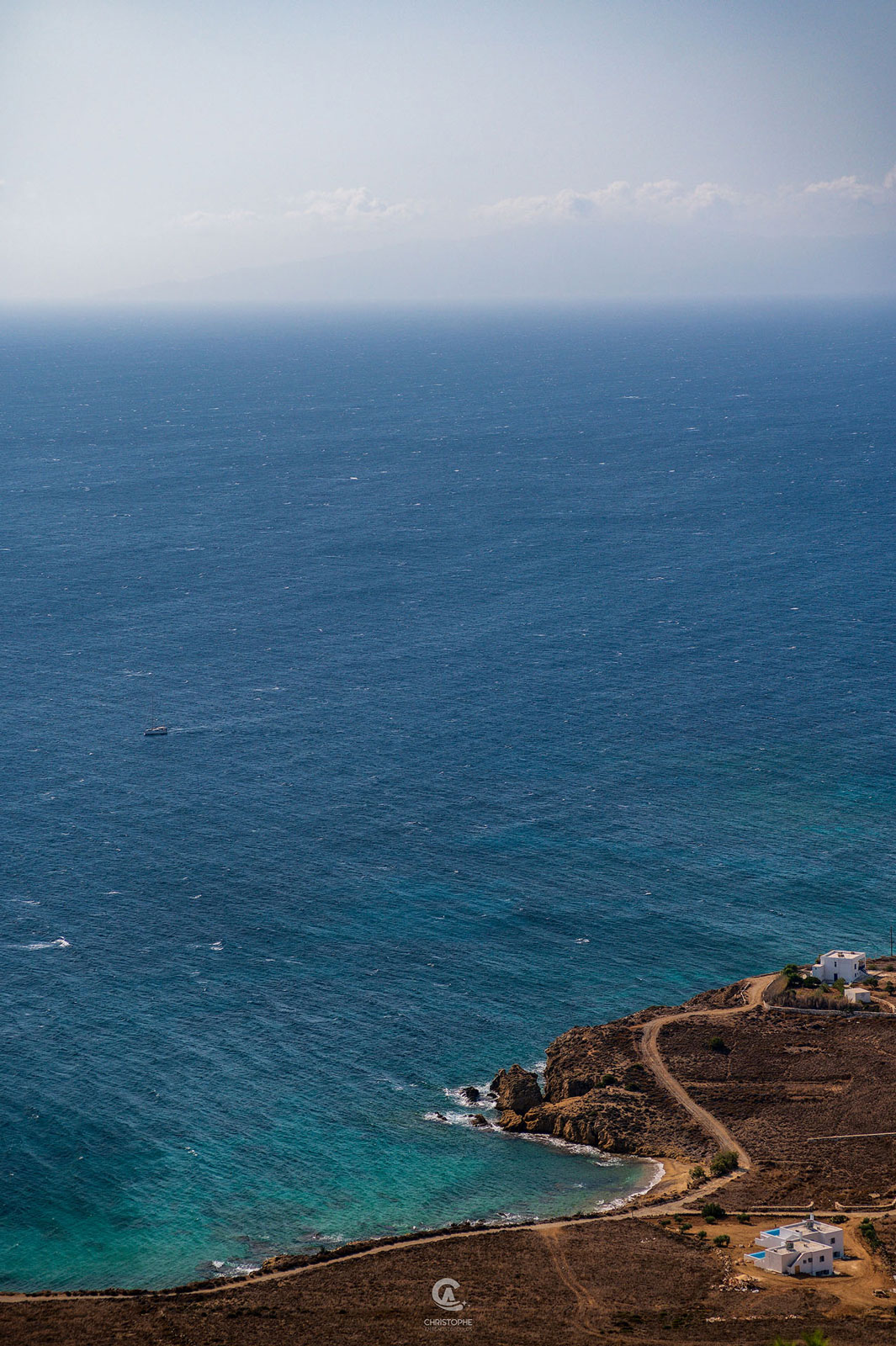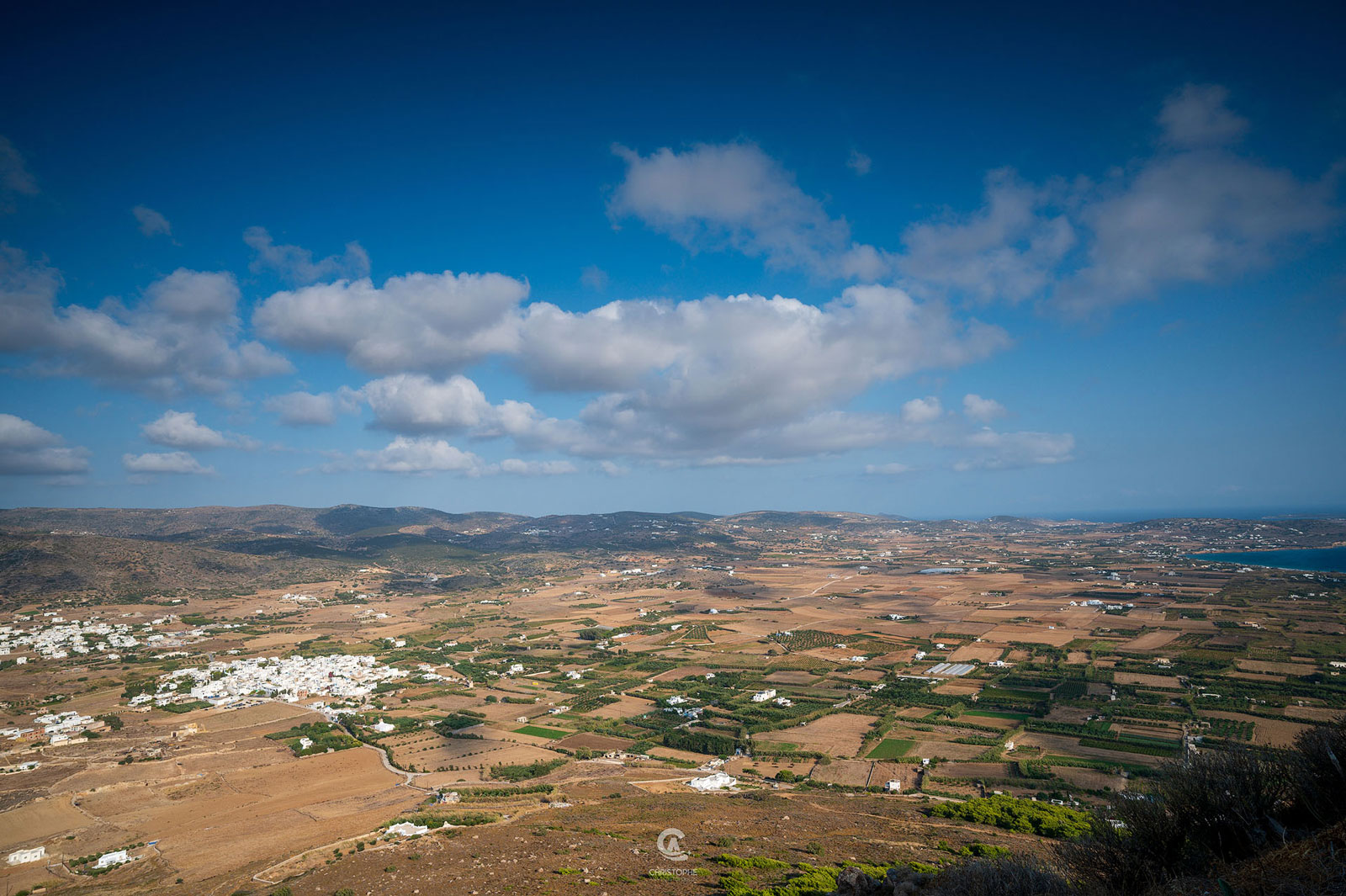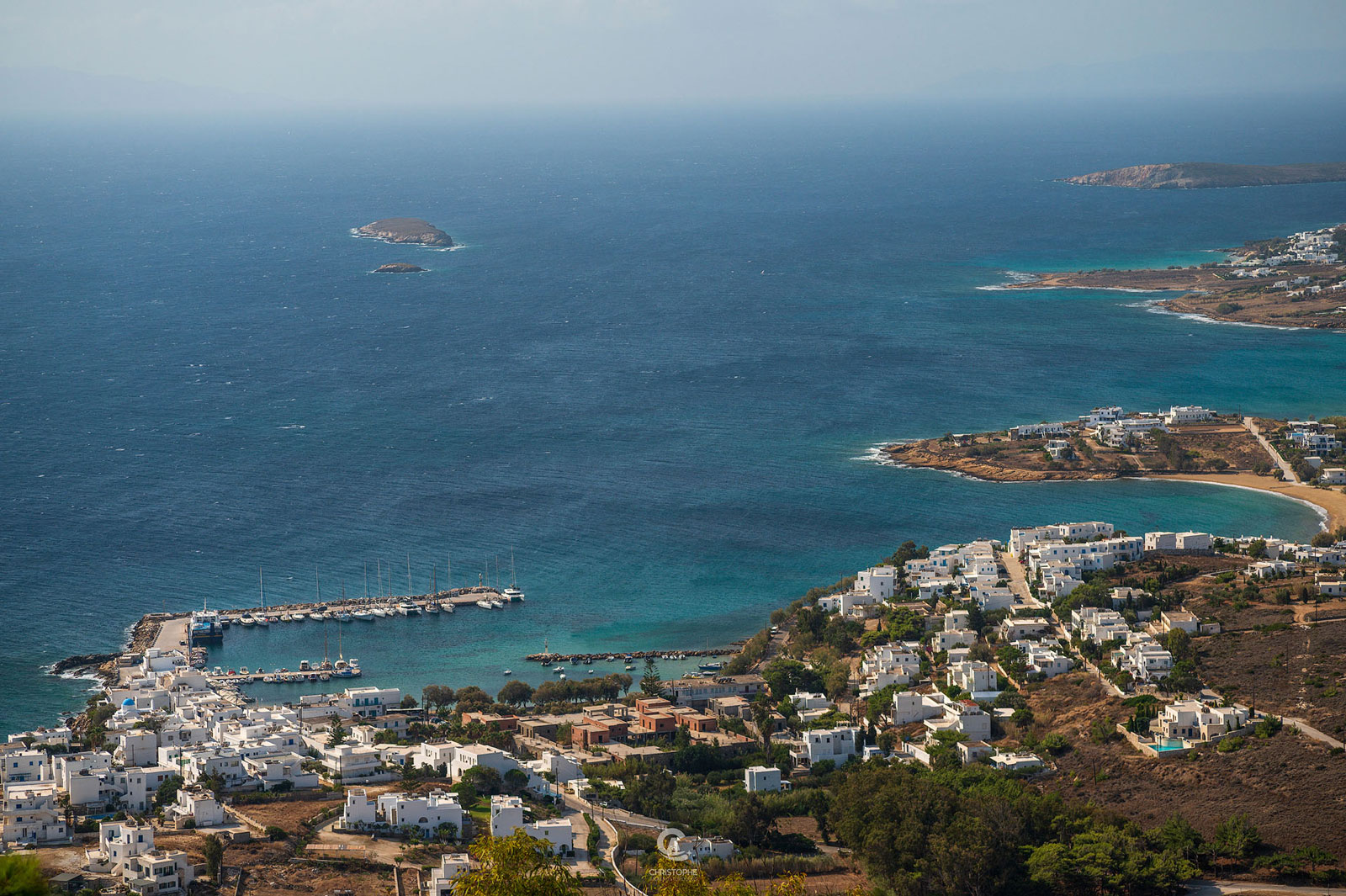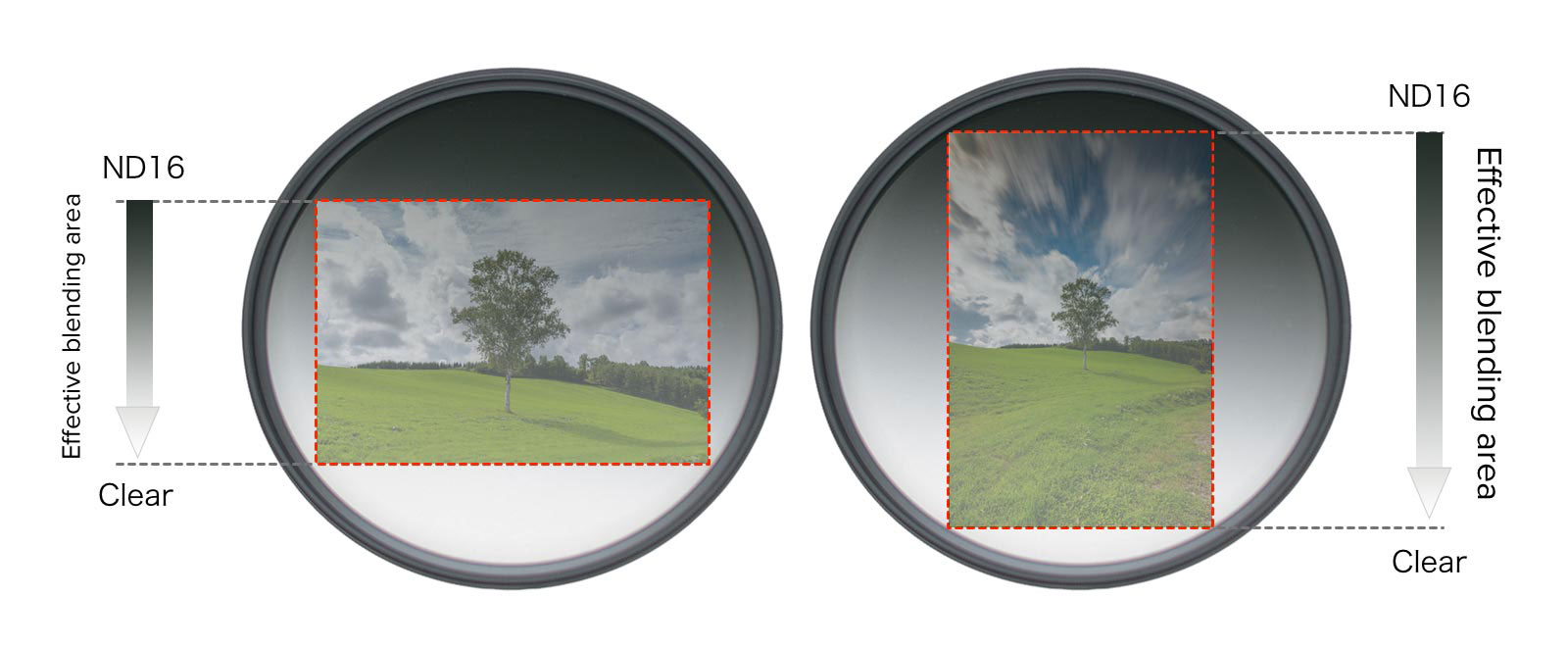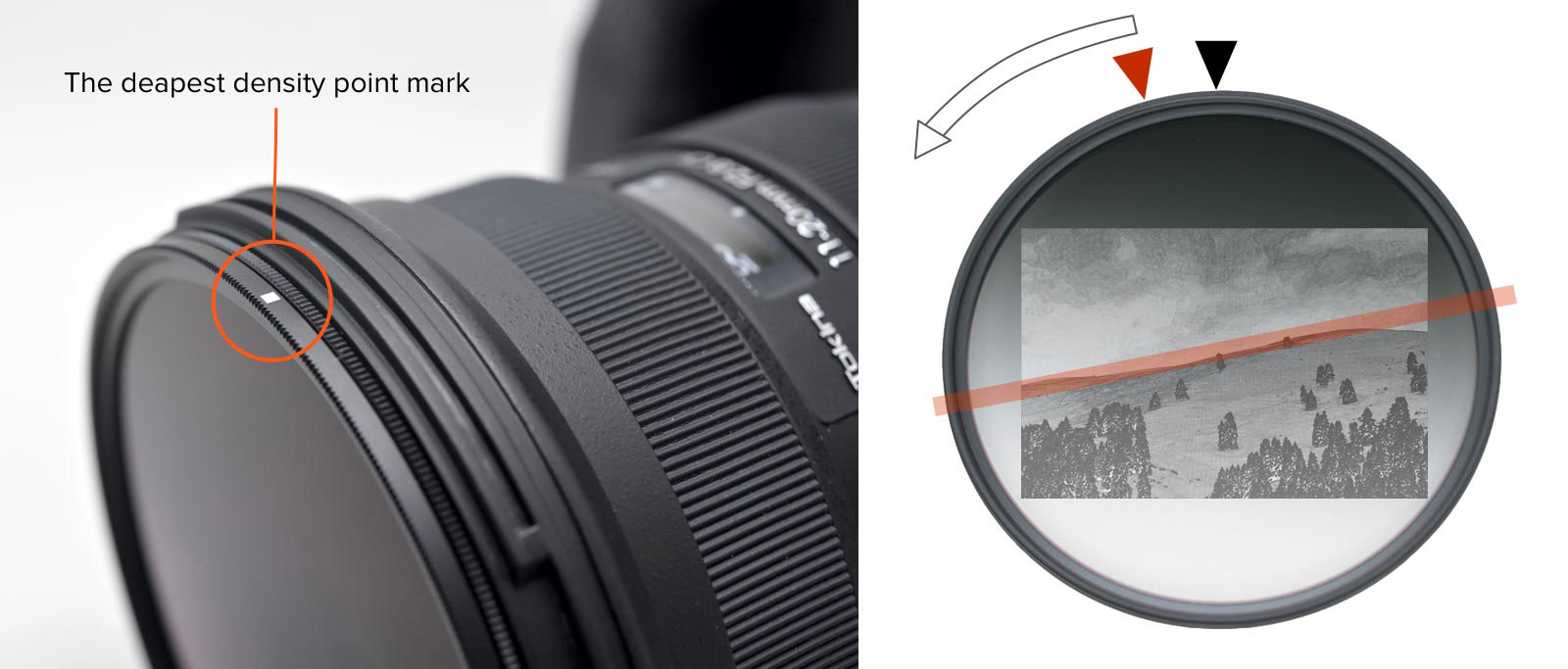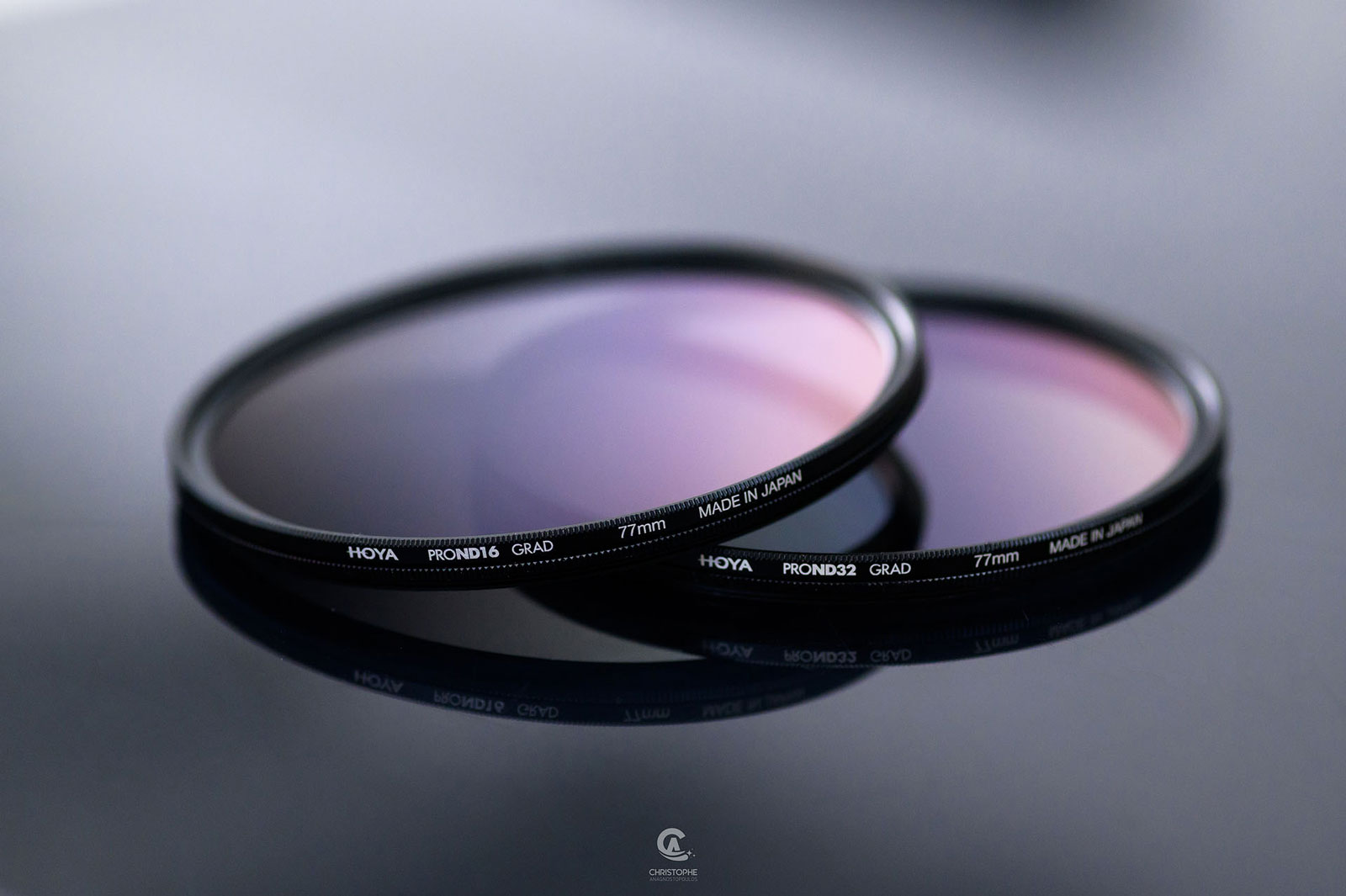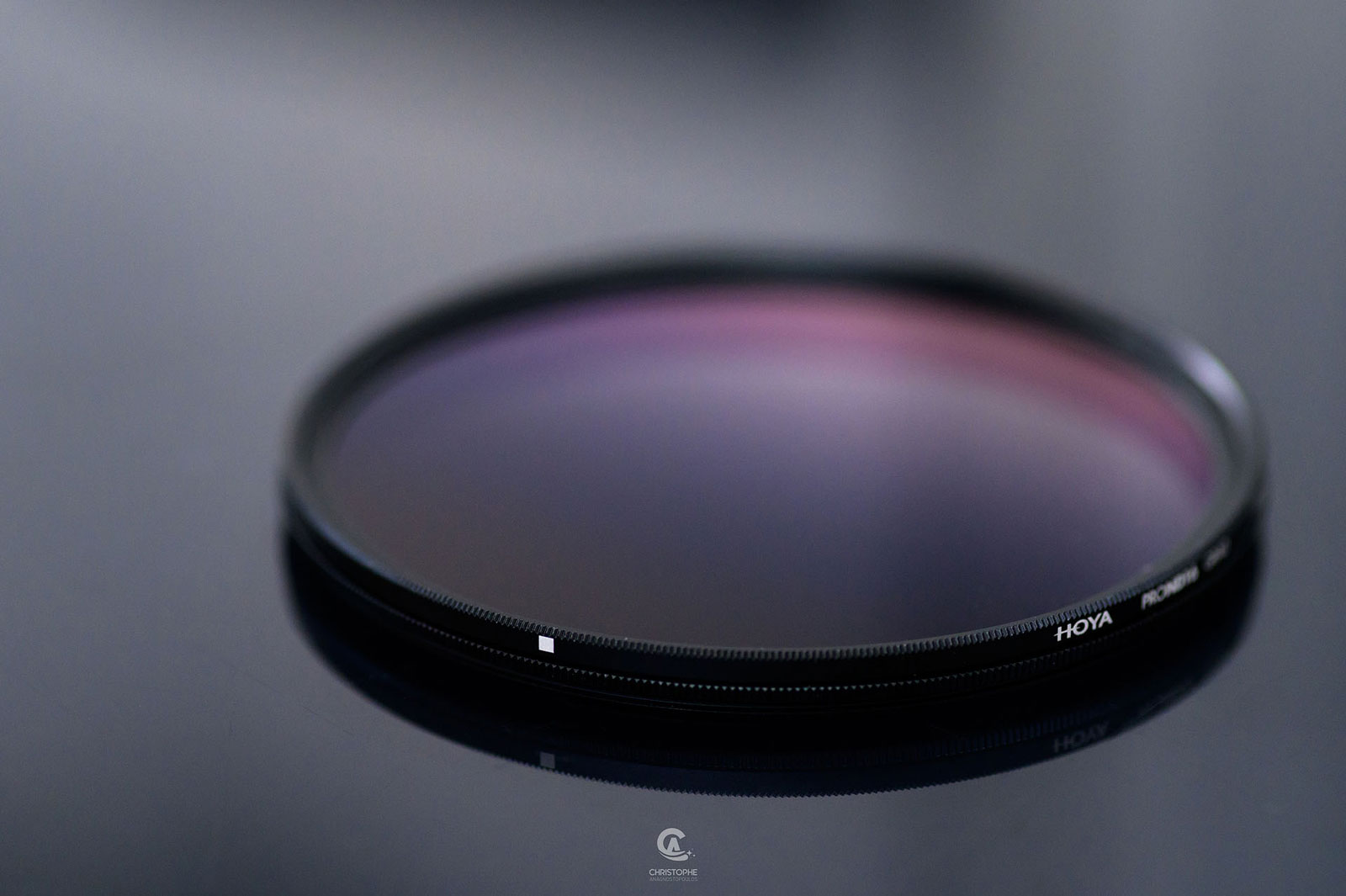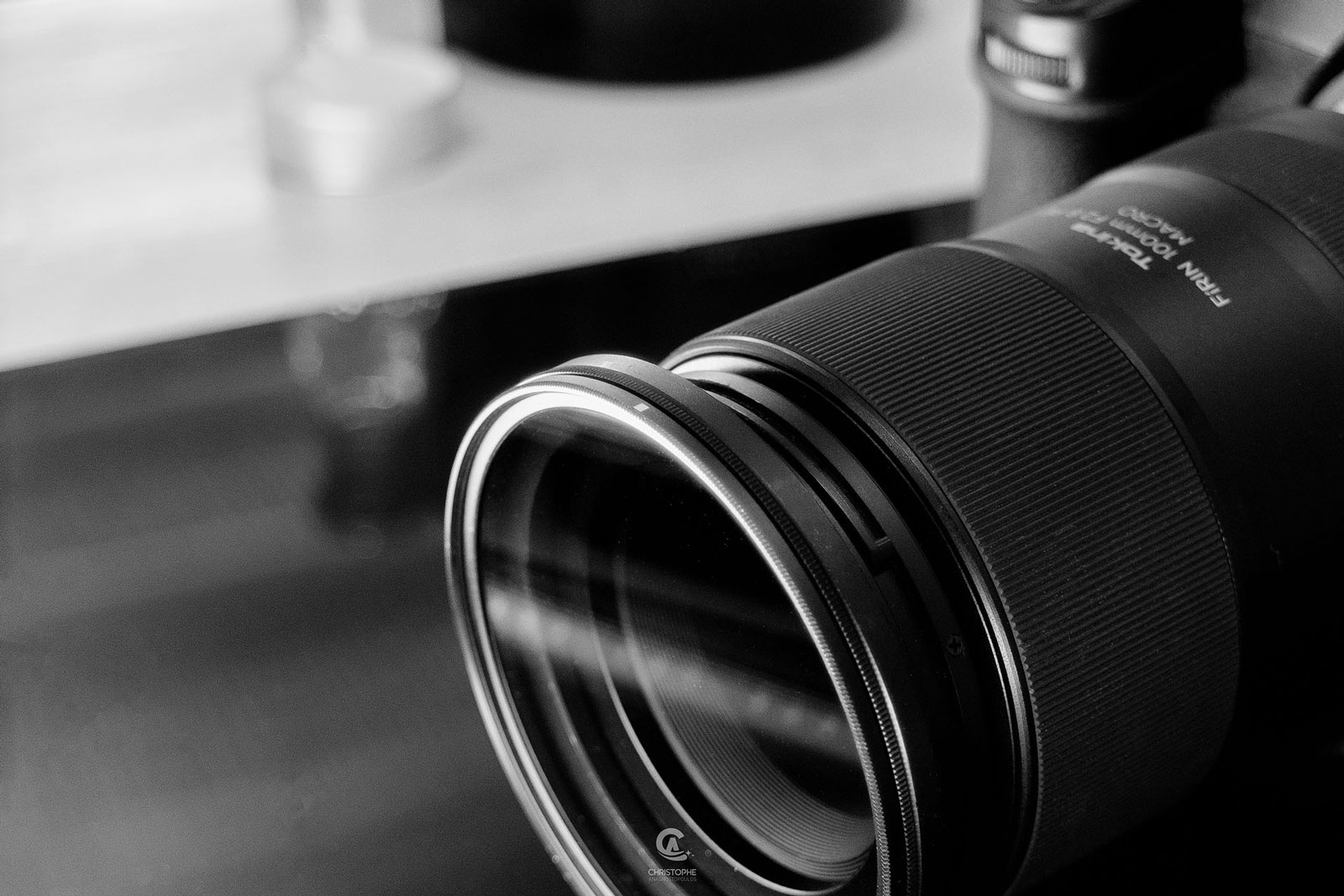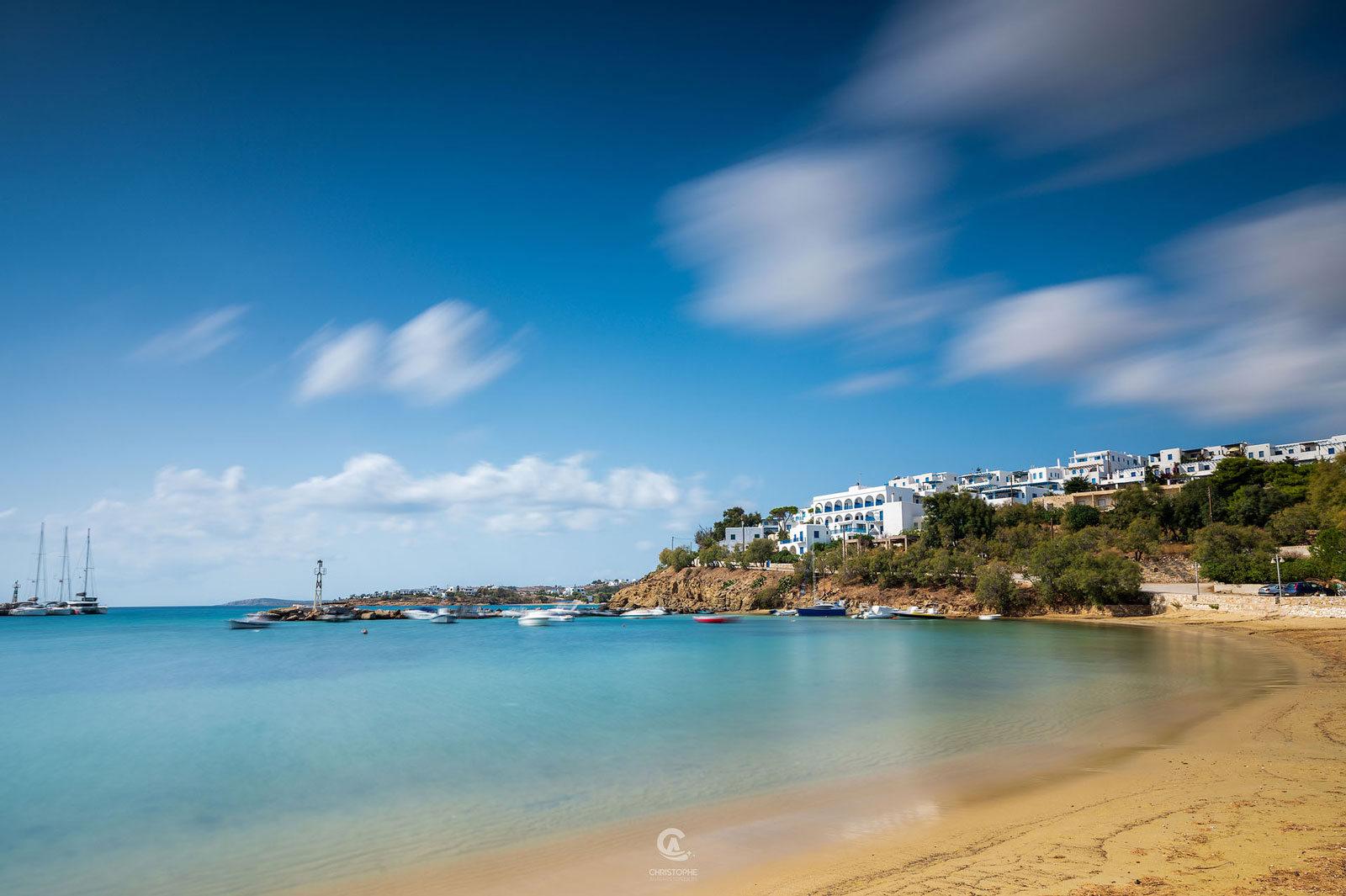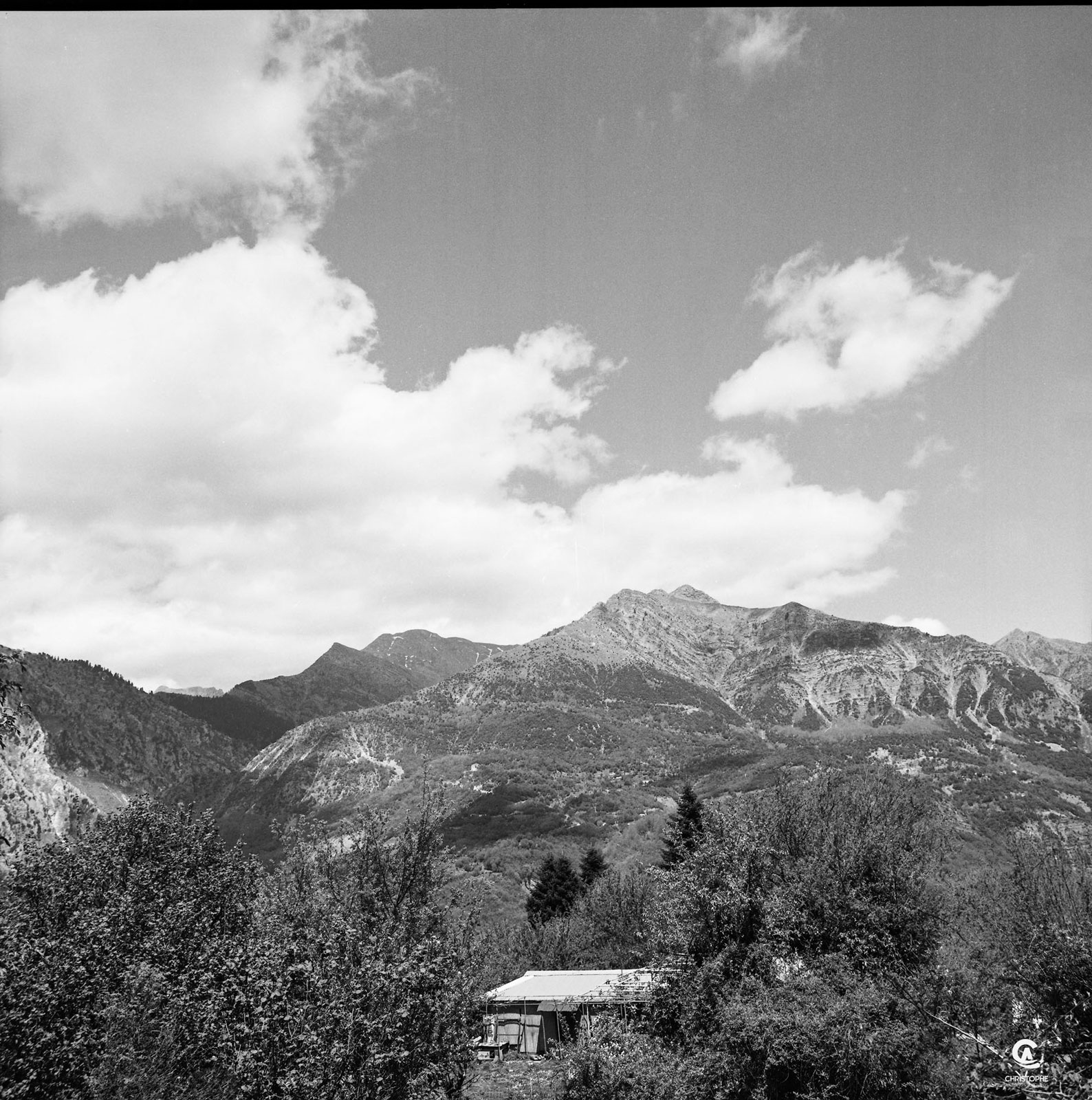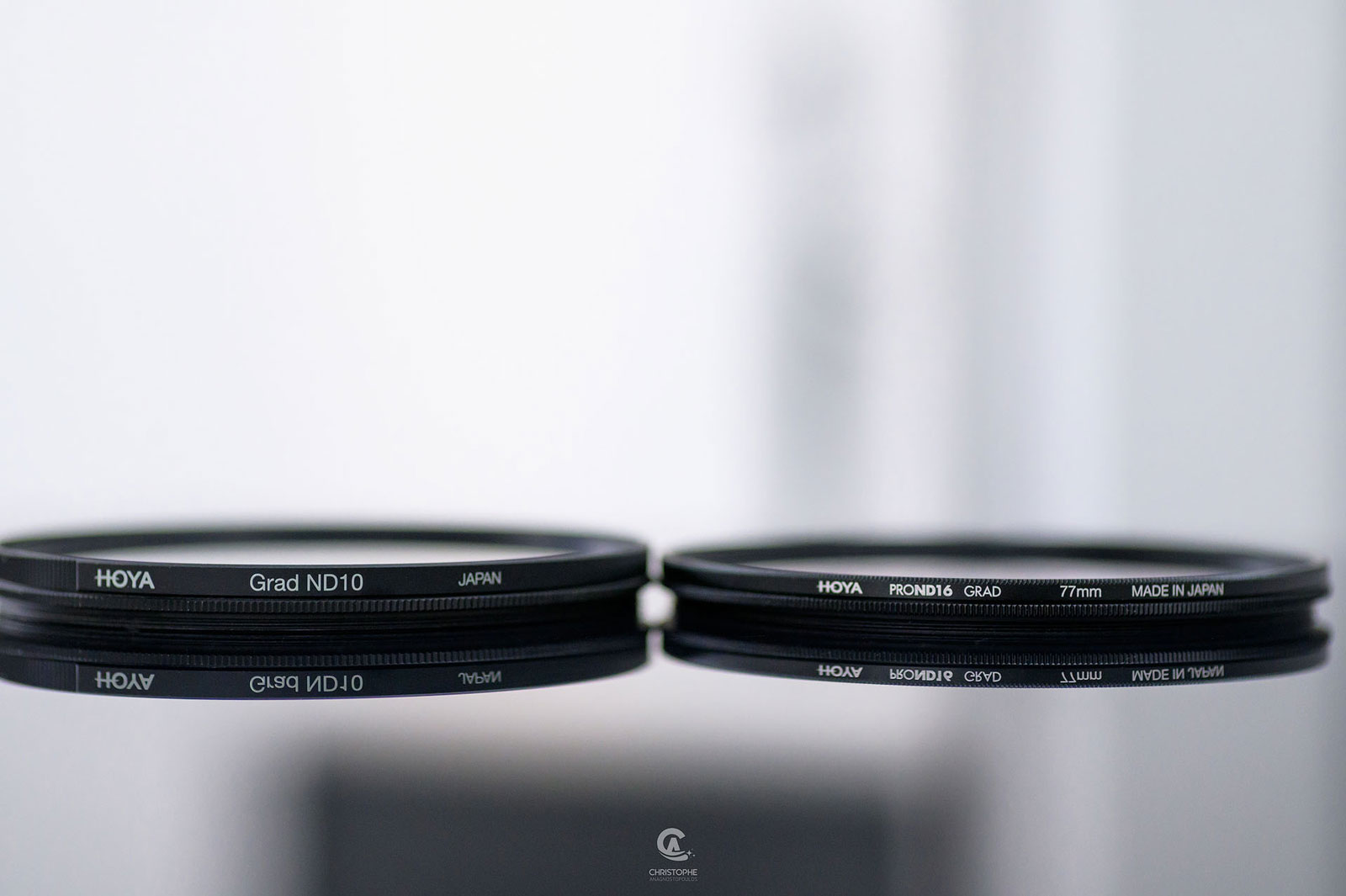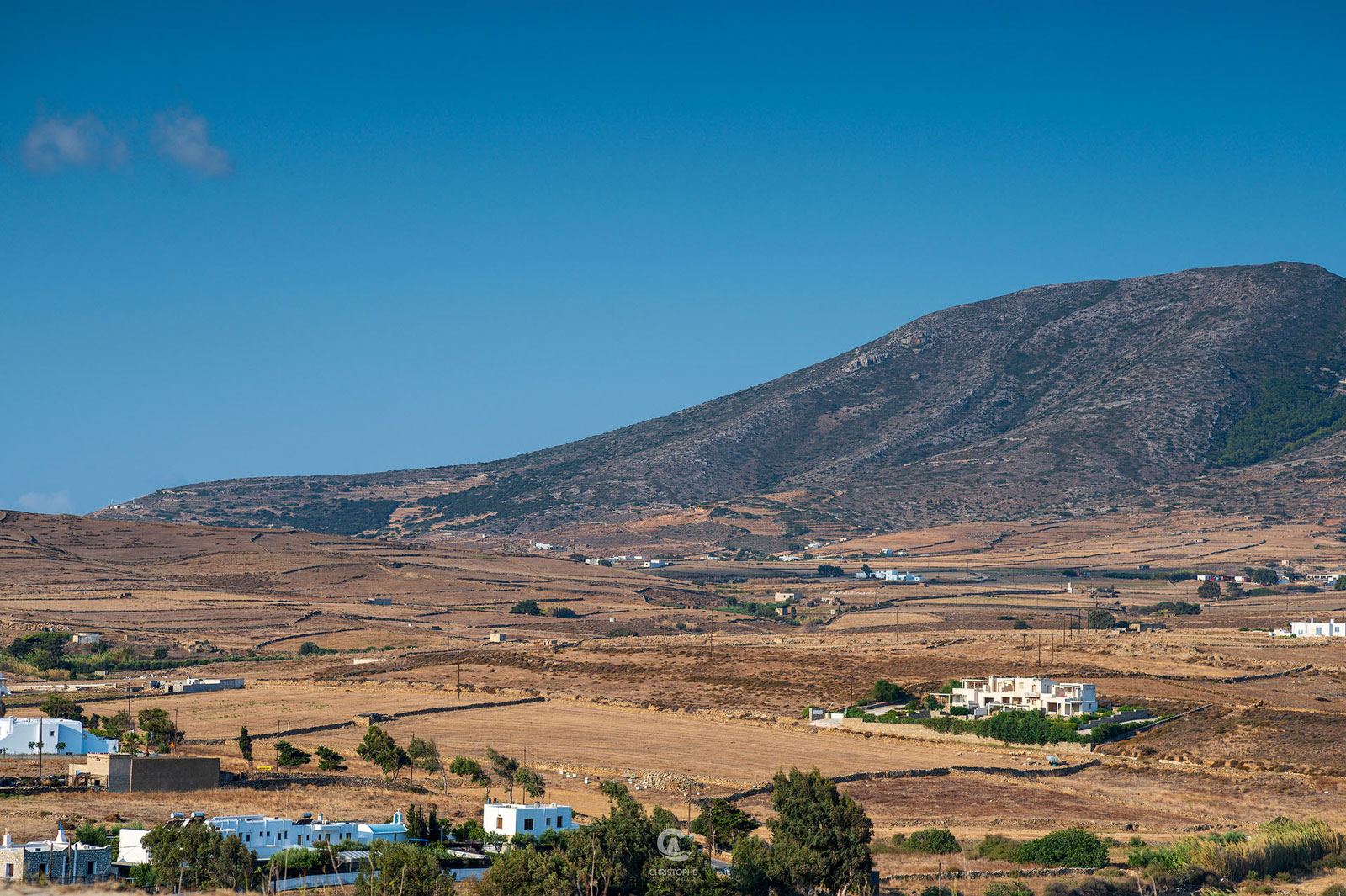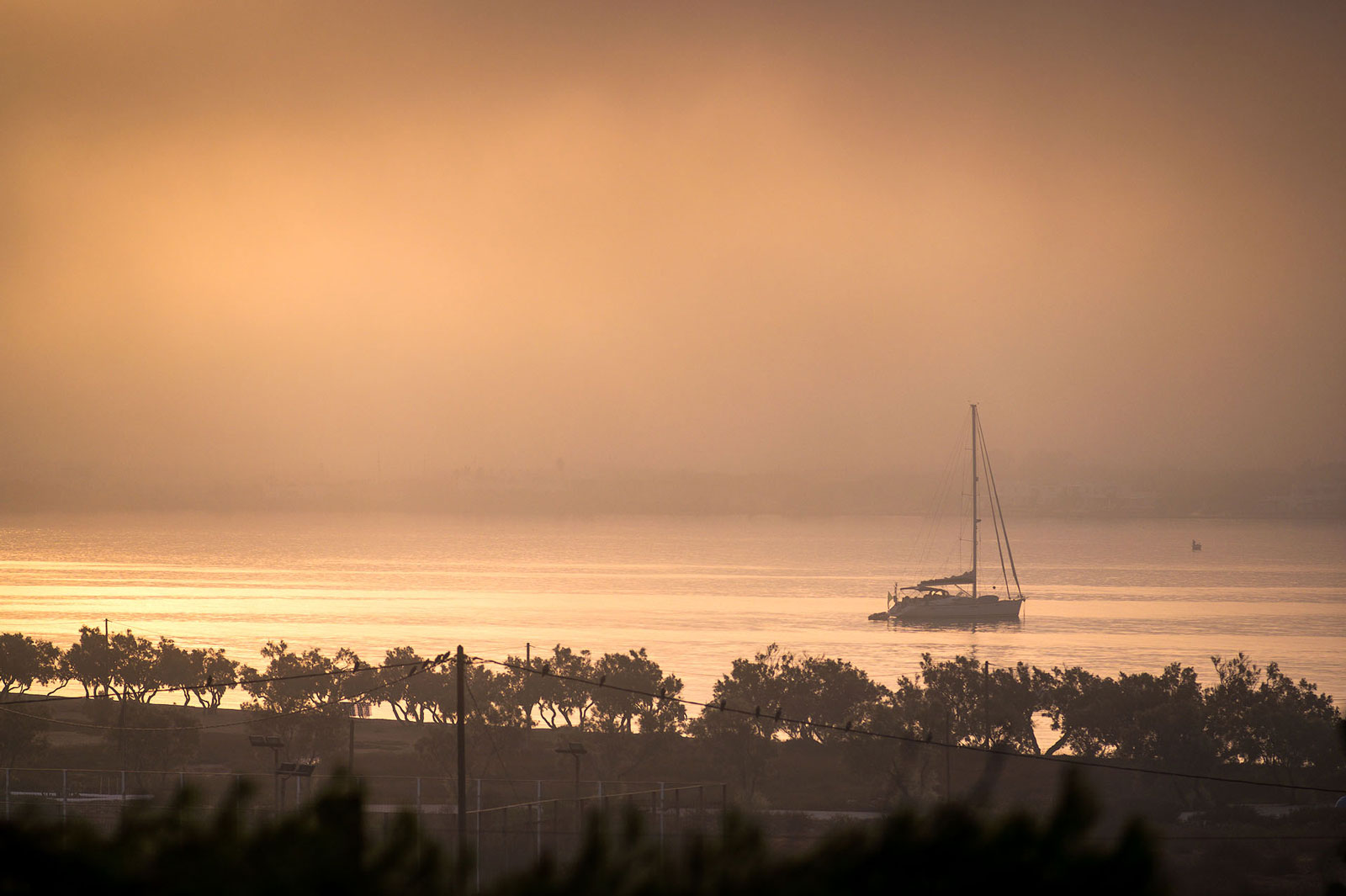Intro
As photographers, we all know that light is affecting the scene by all means. As artists, we all know that light is the most crucial element when creating a photograph.
Especially in landscape photography, light is the element that can make a huge difference, and can separate a good photograph from a masterpiece.
After all, Photography (in Greek "φωτογραφία") comes from the Greek words "φως" and "γραφή" and literally means "paint with light".
But how a photographer can control the available light in the scene in front of his/her eyes?
How can someone balance the beautiful and strong light on the majestic sky, along with the dull shadows of the foreground?
This is where photographic filters like the new HOYA PROND GRAD comes into the game.
We might be living in the times of over-edited images, with many digital "Instagram Filters" applied, but real, actual filters are still a very important tool in the bag of a photographer.
Personally, I prefer to make the image directly on camera and if necessary, to apply only the very basic editing on post processing, like Dodge & Burn, Contrast, etc.
What is a Graduated Filter?
A graduated filter is equally divided in two parts: the upper part has a dark (ND) area while the bottom part is clear.
The dark area starts with a specific ND strength and gradually changes as it comes closer to the clear part.
With a graduated filter, the photographer is able to balance light in scenarios with strong luminosity difference, in example during a sunset where the sky is very bright while the foreground is very dark. The filter will block the incoming light from the sky and it will smoothly be gradated to blend properly with the foreground.
The most common type of graduated filters are the square type ones, but the new HOYA PROND GRAD Filters have a significant advantage: they are blender type.
Being a blender type filter means that is highly versatile and can be used in a variety of situations, especially when the scenery and the horizon have a complex or uneven structure.
And also, they are produced from high quality optical glass and most importantly, they don't require any additional gear, like in example a bulky square filter holder. They simply attach to the front of the lens.
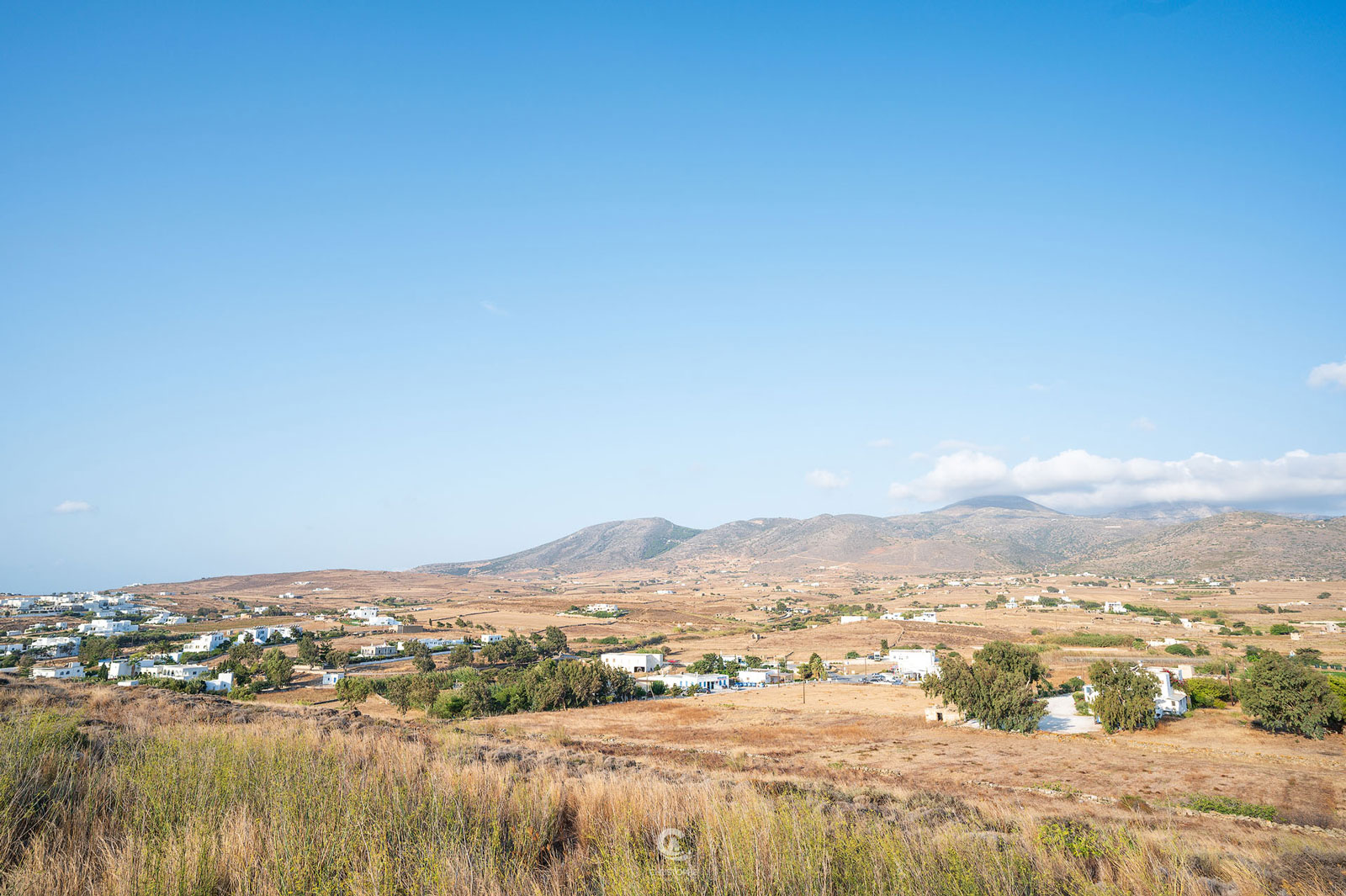 |
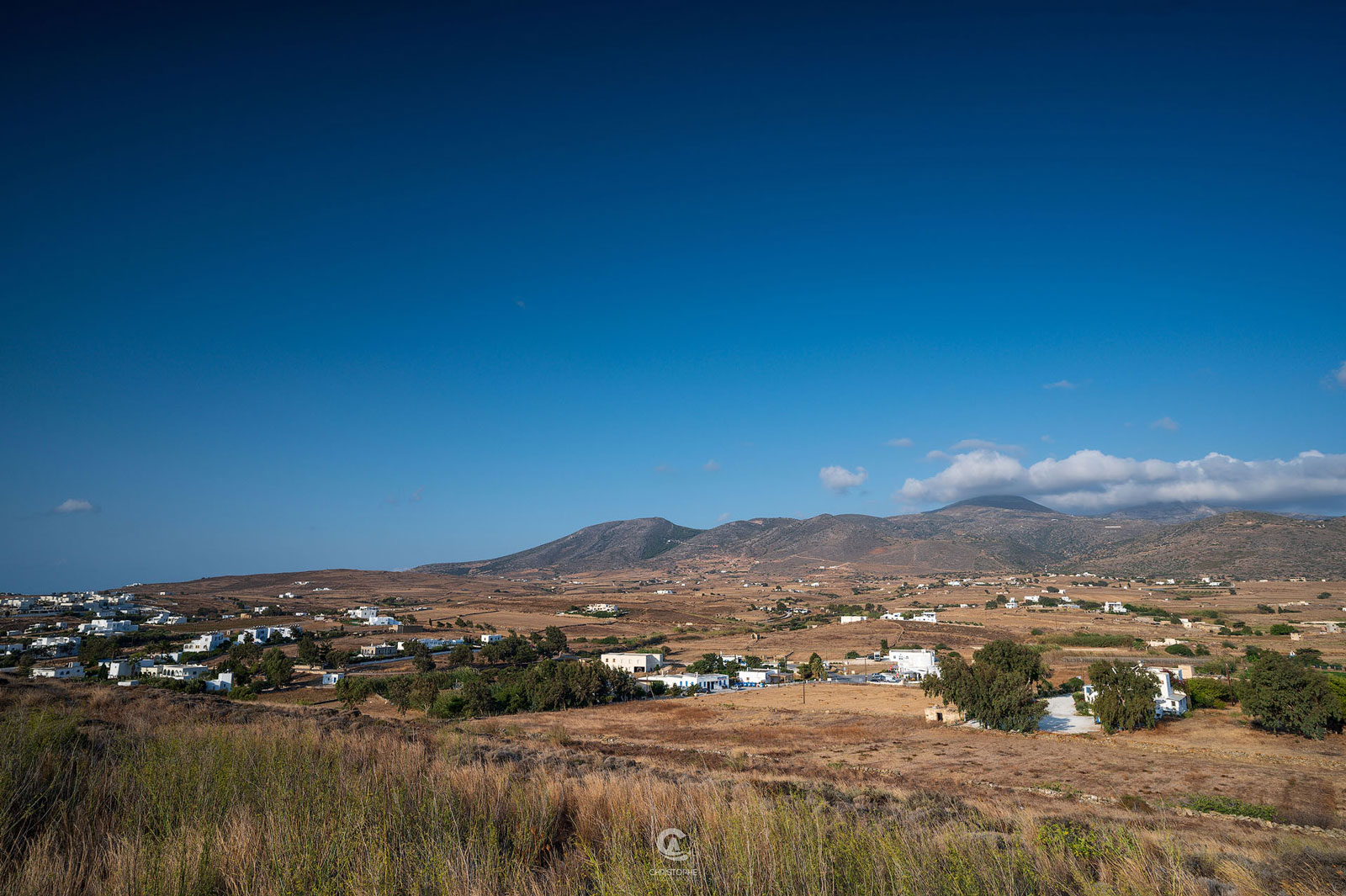 |
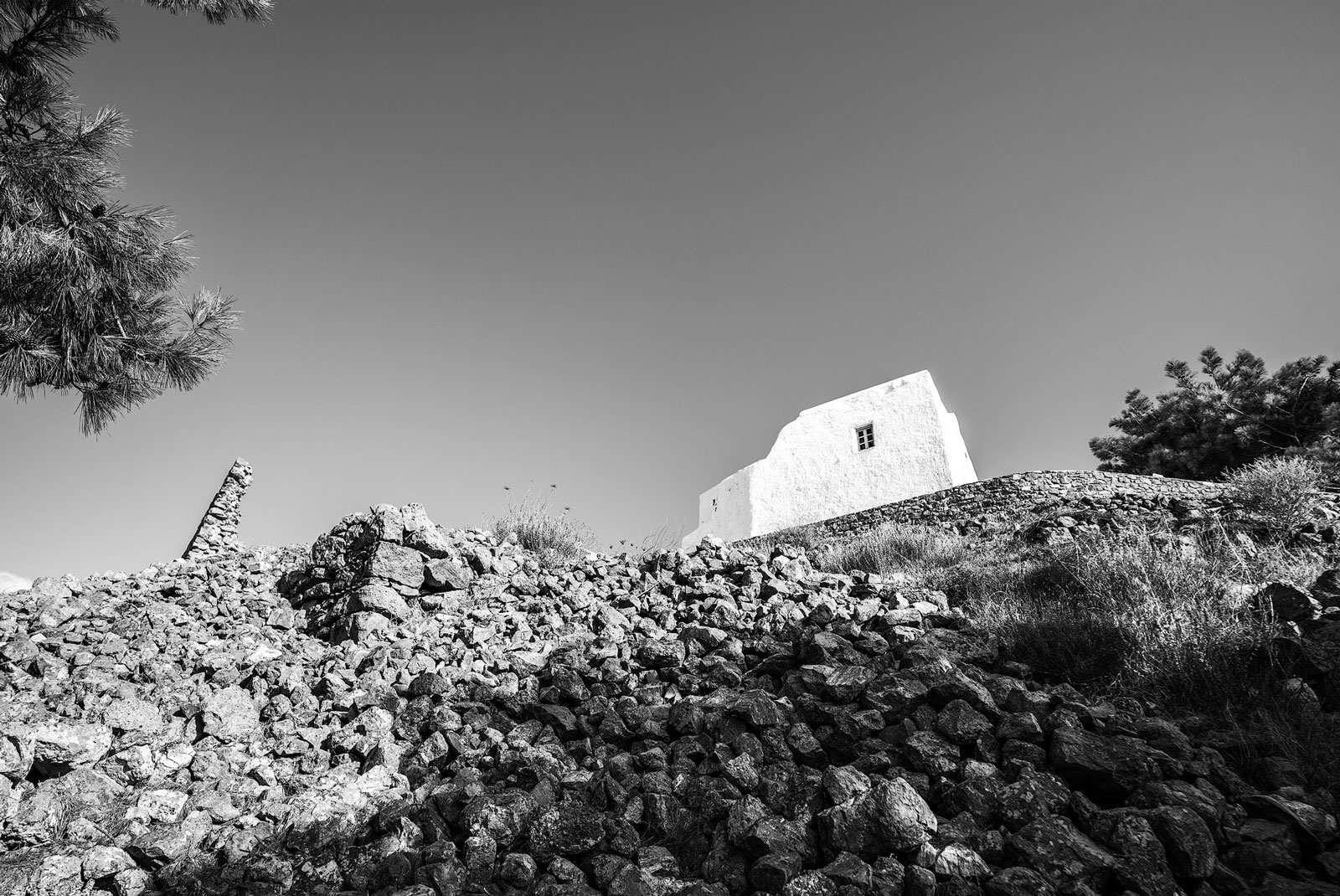 |
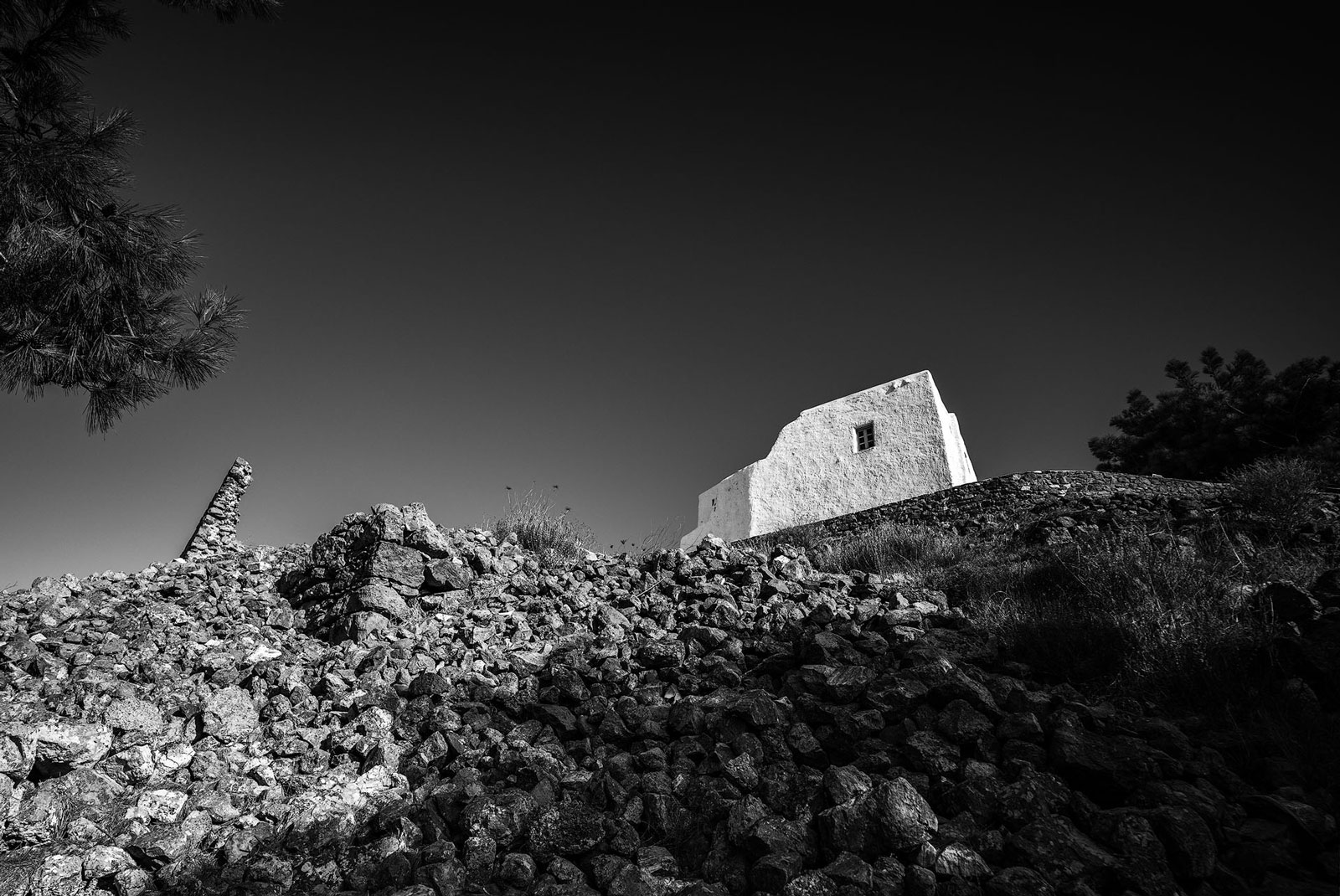 |
The new HOYA PROND GRAD filters
The new HOYA PROND GRAD blender type filter comes into two variations (ND strength factor):
- the PROND16 GRAD, with a ND strength factor of 1-16 (0-4 f-stops reduction), and
- the PROND32 GRAD, with a ND strength factor of 1-32 (0-5 f-stops reduction).
Both filter types are available only in 77mm and 82mm filter sizes.
Build Quality, Handling & Design
In terms of build quality, the filter is made in Japan with the highest quality standards, has an aluminum frame and the glass elements are of high quality.
With a weight of 20 grams (for the 77mm version) and an optical glass thickness of only 1.1mm, its super small, lightweight and has a very low profile that ensures that there will be no vignetting even if the filter will be used with an ultra-wide-angle lens like the new Tokina atx-i 11-20mm F2.8 CF.
The filter has an ND gradation that is made with ACCU-ND deposition technology, providing the highest quality and the best experience for the photographer.
HOYA's signature Anti-Reflection and Water-Repellent Coatings on both sides of the filter, prevents unwanted reflections and increases light transmittance, while can deal with almost any environment or weather conditions.
The front ring is rotated very smoothly and also there is a very welcome addition comparing to the previous HOYA GRADUATED ND10.
There is a very helpful marking on the top of the filter (on the front ring) that marks the optimal levelling position for the grading effect.
On some occasions when I used the HOYA GRADUATED ND10 along with a HOYA PROND1000 filter, I couldn't exactly "see" where was the graduated filter "horizon line", ending up with some ruined long exposure shots.
With the marking on the top, levelling the filter horizon is so simple and of course can be done even if a 10-stop ND filter is used together with the PROND GRAD Filter, like on the sample below.
Optical Performance
Due to the high-quality glass elements, the filter is not producing any optical aberrations like in example flaring issues or color casts, even if the lens is facing the sun directly or from an angle.
Optical Performance (In Film Photography)
Both filters can be used for analog photography as well, having the exact same excellent performance.
Compared to HOYA GRADUATED ND10
When comparing the two filters, the biggest difference is by far the weight and size.
As mentioned before, the new HOYA PROND GRAD filter has a weight of only 22g (the 77mm version) while the HOYA GRADUATED ND10 (again the 77mm version) has a weight of 40g.
Also, the new HOYA PROND GRAD has a very low profile of 5mm, while the HOYA GRADUATED ND10 has a profile of almost the double size, measuring an 8mm profile.
In terms of optical quality and performance, both filters are excellent, but there is a significant difference in the way the gradation effect takes place.
Being more specific, the HOYA GRADUATED ND10 has an ND number (Filter Factor) of 2-10 with 1-3.25 f-stops of reduction, while the HOYA PROND GRAD has an ND number (Filter Factor) of 1-16 with 0-4 (5) f-stops of reduction.
Lastly, the HOYA GRADUATED ND10 was also available in two more filter sizes, 52mm and 58mm, while the new HOYA PROND GRAD filter is available only in 77mm and 82mm sizes.
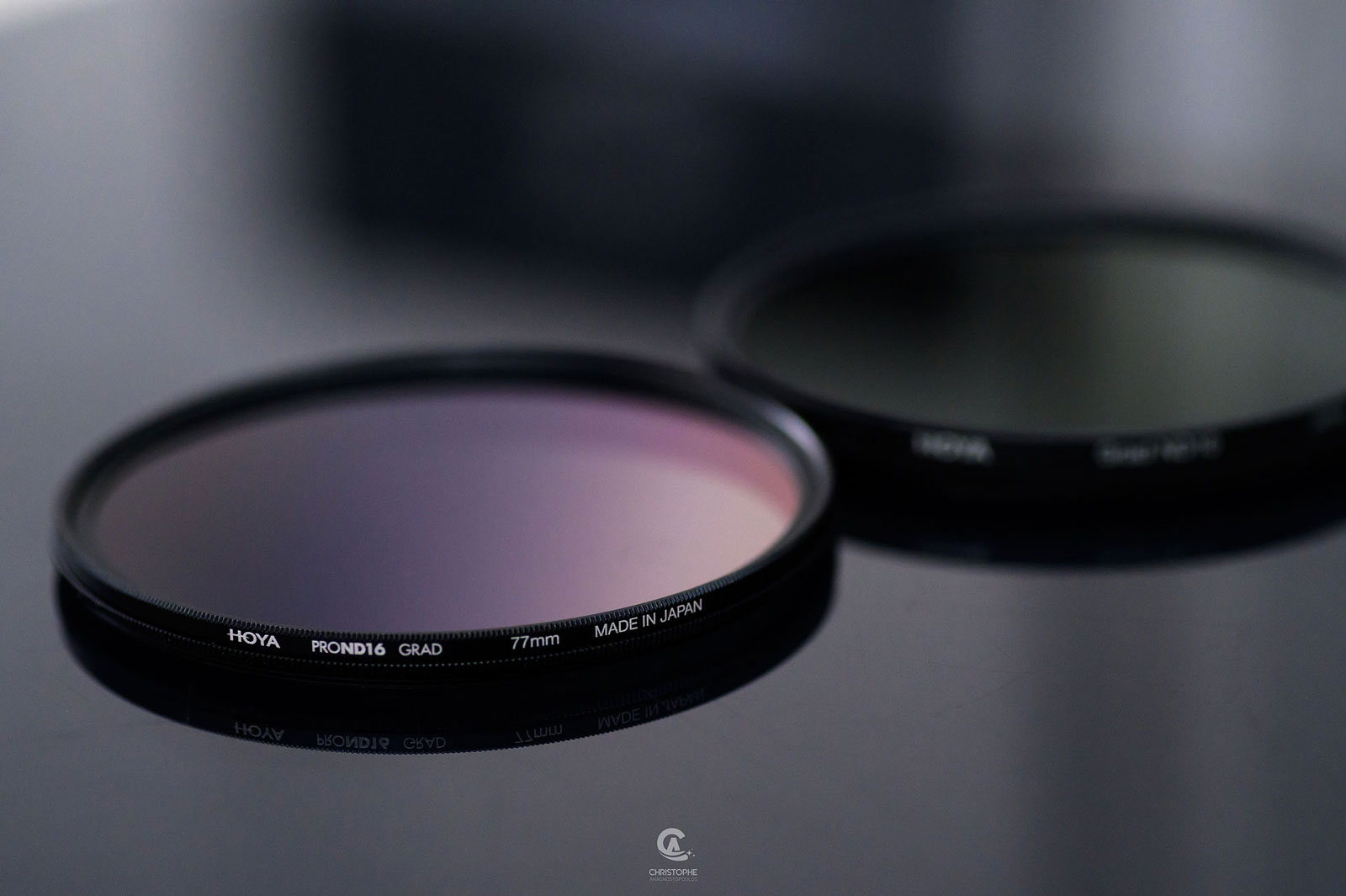 |
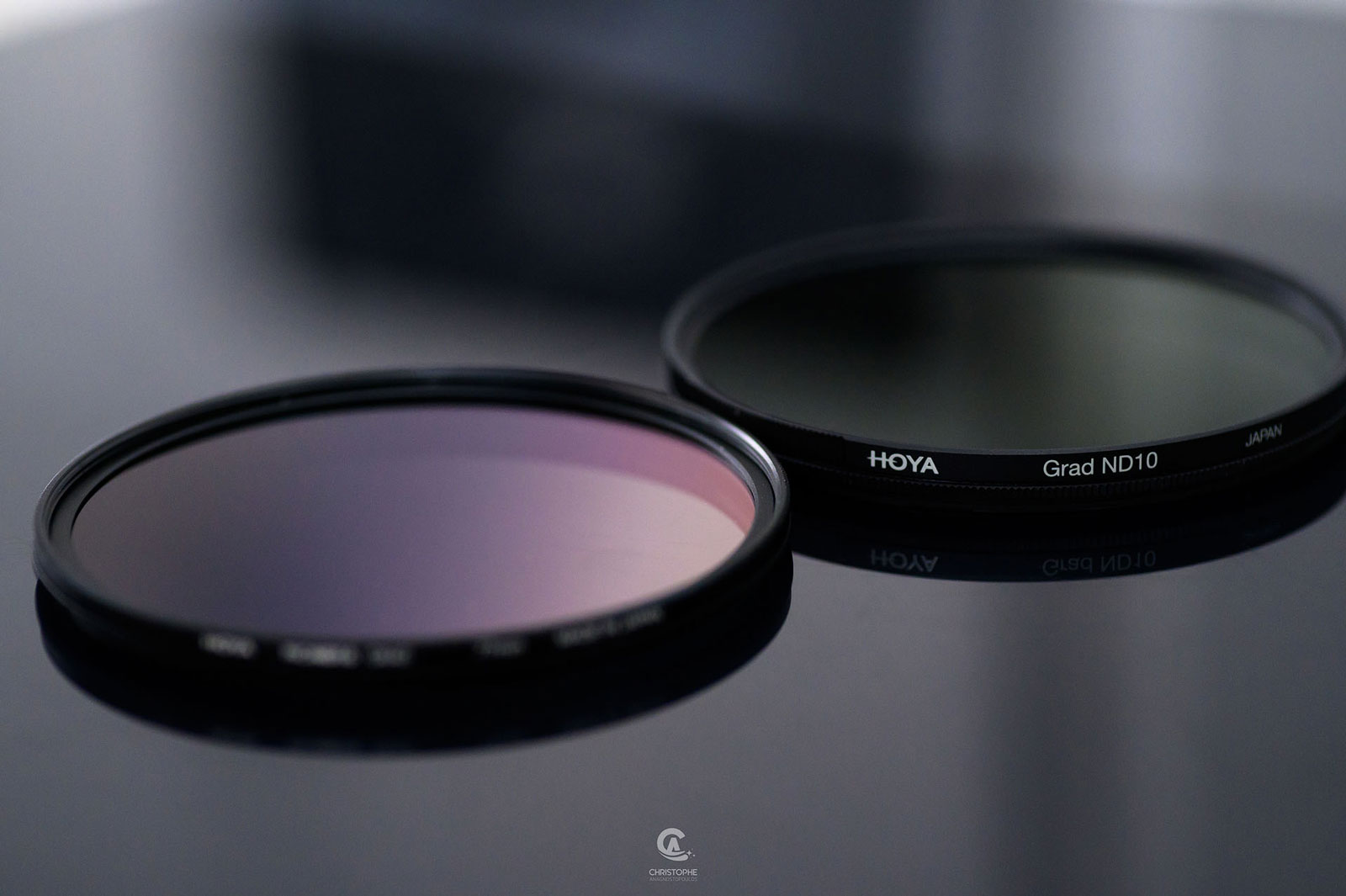 |
Which version should I buy?
Although at first glance the gradation difference between the two version looks minor (4 stops over 5 stops), in reality the difference is rather big and its effect bigger. But let me explain why.
The filter due to its blender type, has a circular surface that covers the lens field of view.
In order for the gradation effect to take place, the ND strength must be gradated in the 50% of the filter surface, while the other 50% is clear.
If we divide the ND 5 and 4 stops in this specific dark area, then we will find that the gradation is divided differently.
And this will have a different effect according to the lens that will be used, like in the examples below.
In case you cannot afford both PROND GRAD filters (ND16 and ND32), then my suggestion would be:
- If you plan to shoot with a focal length bigger than 35mm (standard, tele), I would suggest to buy the HOYA PROND16 GRAD as the gradation effect will look better and more realistic with this specific field of view.
- On the other hand, if you plan to use the filter with an ultra-wide to wide angle lens, then the HOYA PROND32 GRAD would be more suitable as due to the lens field of view, the gradation effect will cover more area of the bright sky, making the image more realistic.
Personal Thoughts
My favorite filter became even better and I couldn't be more excited about it!
I'm probably more of an "old school" type photographer as when I'm shooting outdoors, I rely a lot on my filters in order to balance and control the available light in the scenery.
It's just a matter of personal preference as I don't like to shoot HDR or stack/blend images (this also applies for astrophotography) in order to acquire the "perfect" light as this will be totally different from the actual image that I was seeing in reality with my own eyes.
This graduated filter is the only one that its always on my bag, no matter the type of photography I'm doing at that moment.
Conclusion
A super small, thin and lightweight filter, build with HOYA's excellent high standards, with high performance and no optical issues. Highly recommended for most types of photography.
Christopher Anagnostopoulos
